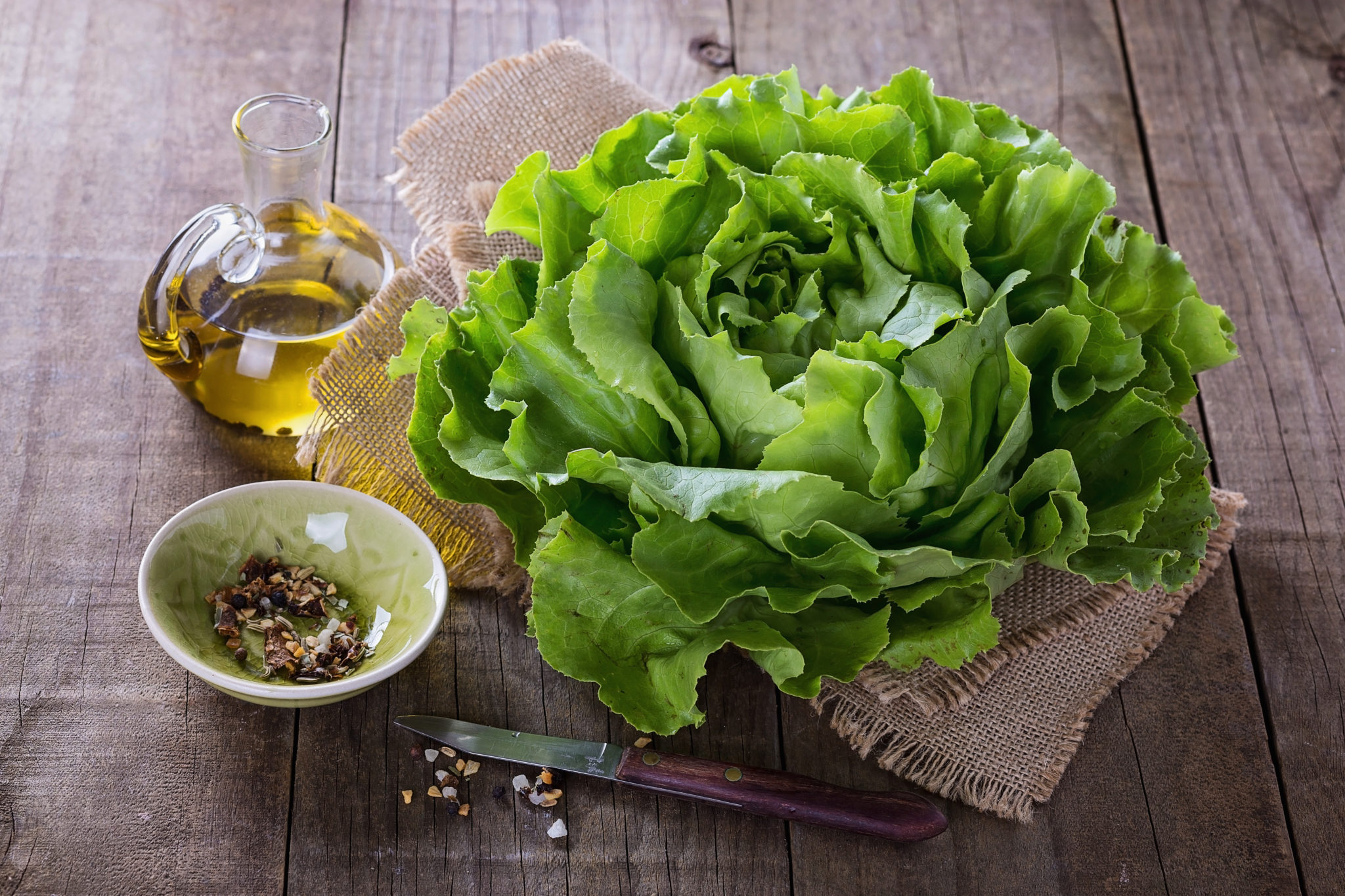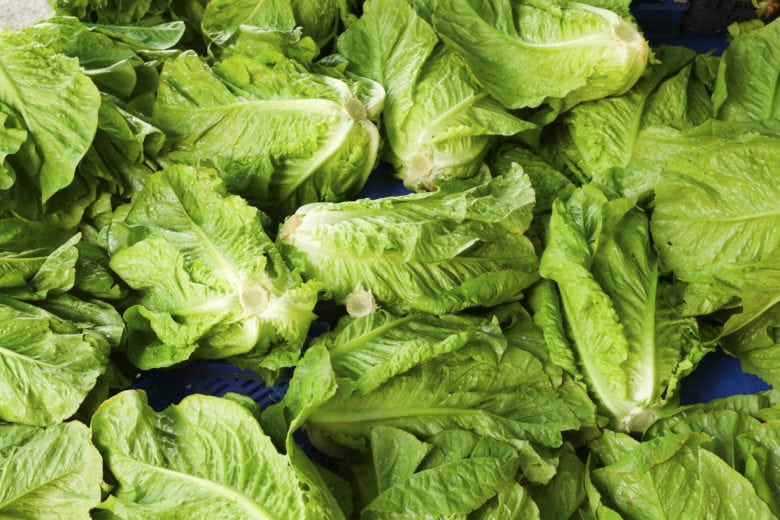The latest news on the street confirms this E. coli outbreak is still going strong (way stronger than we’d like), with the most recent development resulting in the first death since its start.
A little backstory for those unaware: Over the last few months, those traveling and living in the United States have been cautioned to steer clear of romaine lettuce due to an E. coli outbreak that has yet to discover the source of contamination. While the CDC has specifically stated not to eat, buy or sell romaine lettuce (this includes whole heads and hearts of romaine, chopped romaine, baby romaine, organic romaine, and salads and salad mixes containing romaine lettuce) from the Yuma, Arizona growing region, many are staying away from all romaine lettuce, just to be on the safe side.
Naturally, we’re all freaking out. E. coli is a bacteria that you do not want to underestimate, considering the infection it produces can vary from mild diarrhea to kidney failure, and unfortunately in most recent cases, death. Generally, it’s in our second nature to unconsciously prevent an E. coli outbreak by making sure we cook meat thoroughly, as well as carefully washing fruits, veggies and meats respectfully to avoid cross contamination.
What We Know so Far
We know that this outbreak is directly related to the growing region of Yuma, Arizona, with its first case reported this past March. Since then, 121 people have been affected in 25 states, with 23 recent cases currently open. These cases vary from minor symptoms starting and clearing up a week or two following detection to hospitalization for an extended period of time, according to CNN. Close to half (52) individuals have been hospitalized to date, 14 suffering from a kind of kidney failure called hemolytic uremic syndrome. The CDC has also confirmed that this particular strain of E. coli produces a toxin that causes more severe illnesses, justifying the high hospitalization rate. At this time, it’s unclear how (or who) the individual died, whether it was kidney failure, dehydration, or another side effect from E.coli.
[FACEBOOK_IA_AD_TAG_1]
If You’ve Been Affected
If you find yourself having consumed contaminated food like ground beef, unpasteurized milk or fresh produce, be sure to keep an eye out for symptoms of E. coli infection. This is super important so that you can react quickly and accordingly to receive the best treatment (if necessary). Minor symptoms include fever, abdominal cramping, loss of appetite/nausea and diarrhea, while more severe red flags like bloody urine and dehydration should be treated immediately. Additionally, keep in mind that antibiotics (both over the counter and prescribed) will likely increase the risk of complications, so definitely DO NOT try and medicate this on your own; it’s always safer to consult with a licensed physician and discuss your options for treatment.
Usually it’s not so easy to tell if the food you’re eating has been contaminated, although if the meat you ate is undercooked, that could be a visible red flag.
Alternatives to Romaine Lettuce
Do not fear! A short period of time without romaine lettuce does not signal the end of the world. On the contrary, this is the perfect time to expand your greenery preference by trying a multitude of other lettuce products and mixtures in the absence of romaine.

Shutterstock
Butter Lettuce – Although known and referred to as the cousin to Iceberg, butter lettuce has a very different taste and texture than its family member, making them related, but very much opposites in other ways.

Shutterstock
Radicchio – This strong “greenery” won’t wilt once dressing is added and easily compliments any dish with its vibrant color.

Shutterstock
Belgian Endives – Probably the easiest of alternatives to romaine, endives look similar, are cut similar (most times straight down the middle), and have a similar flavor as romaine. This might be your best bet if you are trying to “fake it till you make it.”

Shutterstock
Red Dandelion Greens – A less expensive version of arugula, these greens are preferred for various reasons, including their healthy digestive properties (who doesn’t love a good digestion aid?)
Avoiding E. coli
To conclude on a more preventative note, there are so many ways to prevent crossing paths with E. coli, it just requires you to be conscious in your buying, selling and food handling.
Shop farm to table if possible – if you don’t grow it yourself, buy from farmer’s markets to ensure the smallest gap between you and your food.
WASH YOUR HANDS – Constantly encouraging people to practice good hygiene will never get hold. Wash your food (thoroughly), and wash your hands before and after handling said food. Keep unwashed hands away from children while handling food, including touching objects that a child may come in contact with.
[FACEBOOK_IA_AD_TAG_2]
Cook your meat thoroughly – Maybe don’t try to experiment with rare steaks if you don’t have the experience in preparing with guaranteed safeness. Chicken should never be prepared “medium rare,” and use a food thermometer for larger slabs of meat (do not rely on outside color alone to determine if it’s ready). Use the simple food safety rule of thumb: Clean, separate, cook & chill.
Avoid cross contamination at all costs – Clean surfaces where raw meat has been in contact before placing any other food on that same surface. I’m going to repeat again to wash your hands, food and surfaces as much as possible to prevent the exchange of bacteria. When in doubt, wash your hands.

